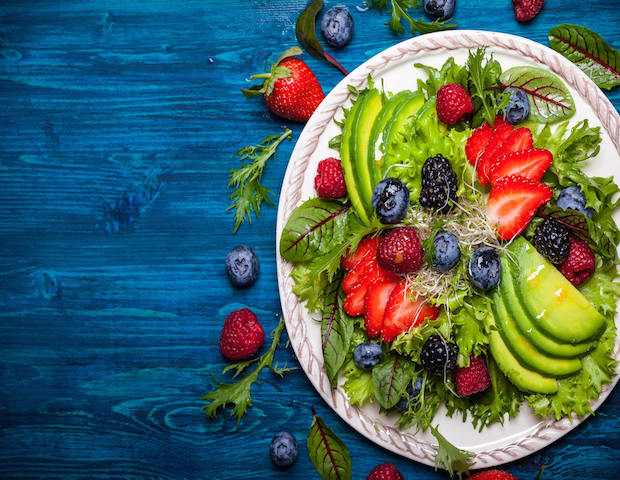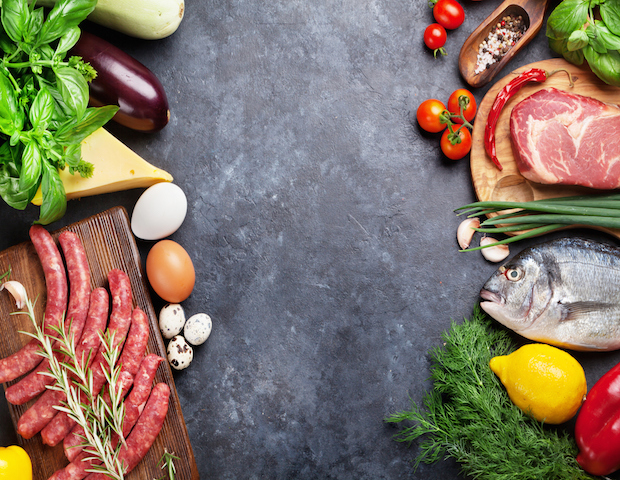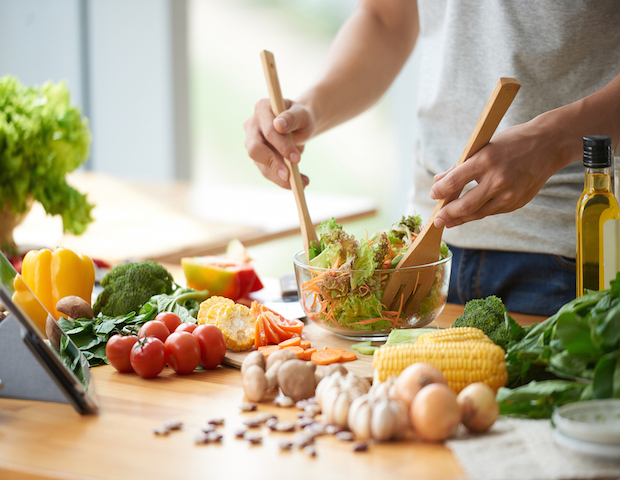
With fatty foods claimed back as healthy, the ketogenic diet has increasingly grown in popularity. This high fat, low carb diet turns the body into the ultimate fat-burning machine. Judy Nicassio, a certified nutritionist from the Rejuvena Health and Aesthetics Clinic in Scottsdale, has been working for the past 22 years in the nutritional field. Nicassio shares her tricks and tips on what to be aware of before you embark on your weight loss journey.

What is the Ketogenic diet?
A ketogenic diet is commonly known as a low-carb, high-fat diet. It shifts the body to burn fats for fuel as opposed to carbohydrates. The liver produces ketones when your body has made this shift. Ketosis also occurs when you are fasting or when food intake is low. Fats are the most effective molecules to burn as fuel.
When taking away carbohydrates from the body and replacing it with fats, the body moves into that ketosis, survival mode. The concept of the Keto diet is not starve the body of calories but instead of carbohydrates forcing the body to burn the ketones and fat build up versus carbs, the average source of energy for the body.
A Ketogenic diet is known optimization, increased energy and normalized hunger, regulation of blood pressure, an increase in HDL (good cholesterol) and an decrease in LDL particle concentration (high levels of LDL particle concentration build up in the arteries and cause heart disease).
On the diet, ideally you want to keep the carbohydrates to a minimum. Food to avoid includes grains (pasta, breads, cereals, etc.) beans, most fruits, starchy vegetables (potatoes, corn, most squashes, etc.), low-fat dairy, alcohol, artificial sweeteners, and oils like canola, corn, soy, safflower, etc.). Other forms of carbs coming from vegetables, nuts, and dairy products are advised to be kept to a limited amount.
When it comes to sugar, a Keto friendly diet sweeteners include stevia, some of the sugar alcohols like erythritol, and monk fruit. Honey, maple syrup and cane sugar are all off the list.
Nicassio explains that it’s all about eating high-quality foods – organic, grass fed beef, organic, pastured eggs, organic and pastured chicken, wild-caught fish, and healthy fats like coconut oil, avocado oil. Avocados, extra virgin olive oil, and MCT oil.
Ideally, a perfect Ketogenic-friendly plate would be made up of 70 percent fats, 25 percent protein and 5 percent carbohydrates. Nicassio explains it’s all about real high-quality foods you want to focus on putting in the body.
During the diet, it’s common for many people to eat less because all the fat keeps them fuller for longer. That 3 p.m. snack may just start to disappear, as you may just not be as hungry!

The real question, is it safe? Though the diet has been known to work well for many, there are some fears about its overall safety to the mind, body and overall health.
As the body starts to lose weight, one must stay mindful of their intake. One popular claim about the diet is that since the body first loses water weight, it can cause dangerous levels of dehydration and electrolyte deficiency. During a Keto diet, one does not retain water in the body as easily; it becomes very important on the diet to be mindful of an increase water and electrolyte intake.
Another common claim is that the low-carb diet causes muscle loss. It’s true that the body in the beginning of the diet may be used to a higher carb intake. This means that there may be some muscle loss in the beginning as when the body goes into Ketosis will burn and break down the muscles to receive the adequate amount of energy it needs in order to function. Yet, the body does become accustomed to a different way to get energy as fewer carbs are given to keep it moving. The intake of fatty foods and protein becomes an easy source of energy that will allow the body to keep muscle while still burning off the foods you have consumed.
Though you should be aware that a LDL increase in the blood stream has the possiblility to cause heart disease, it is not common to most of the average healthy population. This concept goes deep into the nitty-gritty. Breaking it down to what you need to know is that an increase in heart disease comes from a higher risk of particles present and possible build up in the blood stream. The cleaner you eat, the less particles will be in your blood stream.

Nicassio emphasizes there are many diets out there and recommends doing your research, talking to your doctor, dietician, your family, and find the best one that works with your goals. She highlights at the Rejuvena center they work with you monitoring your journey along the way. There is no one magical way to lose the weight. It’s important to talk a nutritionist to make the optimal dieting plan for your body’s needs.
Diets do not have to be hard, though there are always fears when entering a new way of eating. The best way to keep going on your weight loss journey is to be able to enjoy the pleasure of food as fuel to optimize your overall confidence, health, and body.